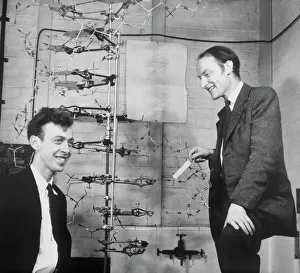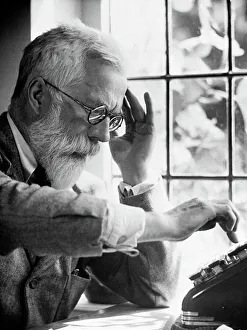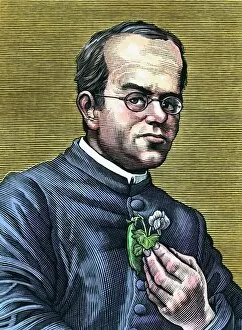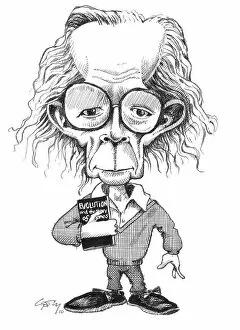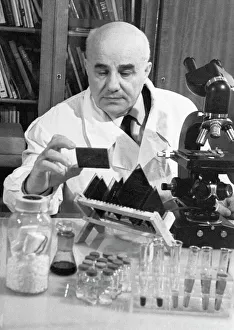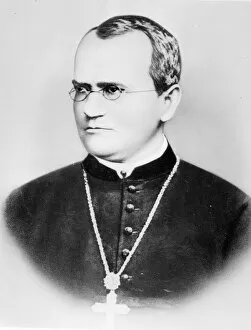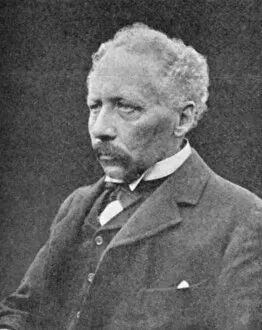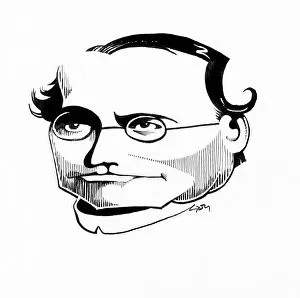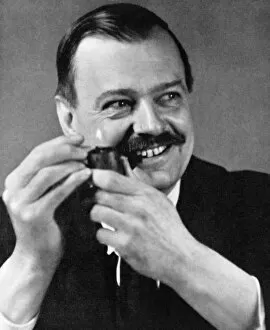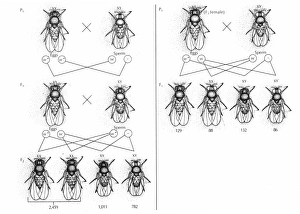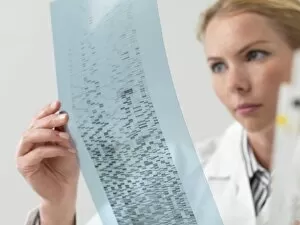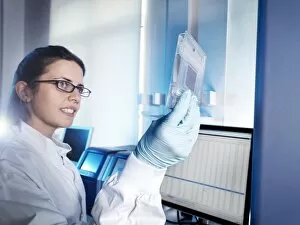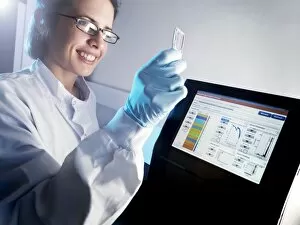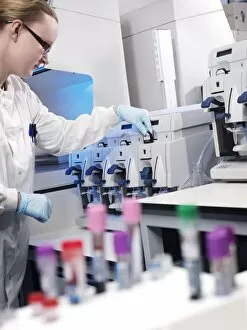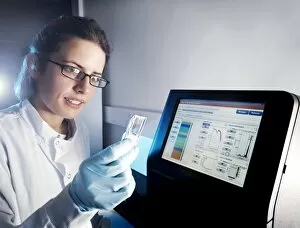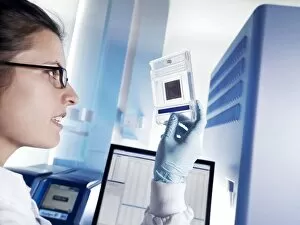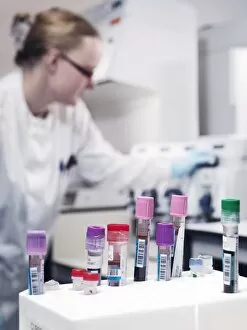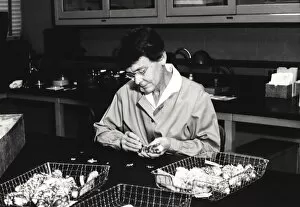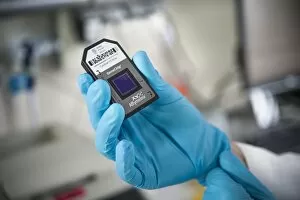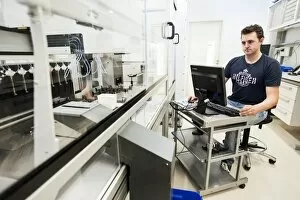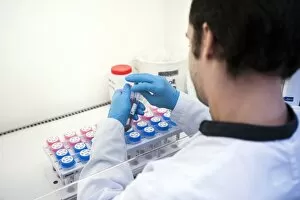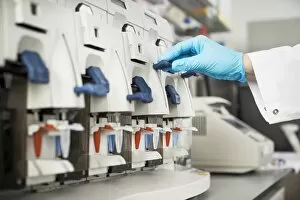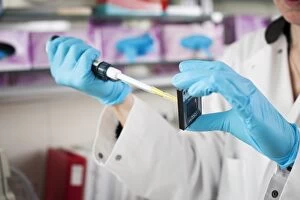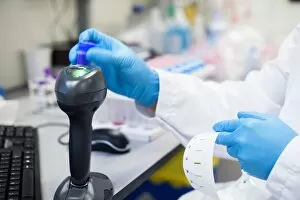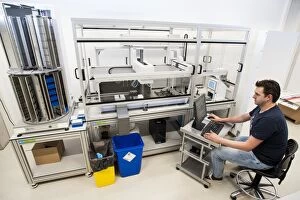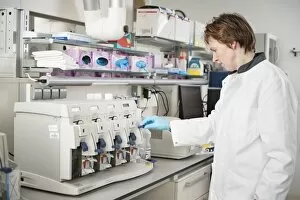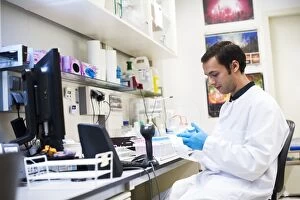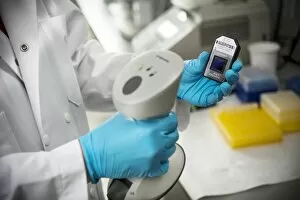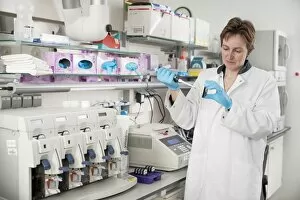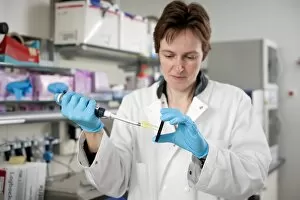Geneticist Collection
Geneticists are the unsung heroes of science, unraveling the mysteries hidden within our DNA
All Professionally Made to Order for Quick Shipping
Geneticists are the unsung heroes of science, unraveling the mysteries hidden within our DNA. They stand on the shoulders of giants like Watson and Crick, who famously unveiled the double helix structure of DNA with their iconic model. This breakthrough laid the foundation for countless discoveries that followed. In a portrait, we see Sir Ronald Aylmer Fisher, a pioneer in statistical genetics. His work revolutionized how we understand inheritance patterns and genetic variation. Alongside him, Watson and Crick proudly hold their DNA model, forever etching their names in scientific history as the discoverers of this fundamental molecule. But geneticists extend beyond these famous figures; they trace back to Gregor Mendel, an Austrian botanist whose experiments with pea plants established key principles of heredity. His groundbreaking work paved the way for modern genetics. John Maynard Smith's caricature captures his brilliance as an evolutionary biologist who applied genetics to explain complex behaviors in animals. Nikolai Vavilov and Nikolai Dubinin represent Soviet contributions to genetics - Vavilov dedicated his life to preserving crop diversity while Dubinin made significant advancements in understanding gene mutations. A black-and-white photograph showcases Gregor Johann Mendel himself - his calm demeanor hiding a mind teeming with revolutionary ideas about inheritance patterns. William Bateson's portrait reminds us of British contributions to genetics during World War I when he coined the term "genetics" itself. Clarence Little's photograph reveals an American geneticist deeply engrossed in tobacco research - a testament to how diverse this field can be. And Thomas Hunt Morgan's diagram illustrates his white-eye experiments with fruit flies, which provided crucial evidence for genes being located on chromosomes. These glimpses into the lives and works of various geneticists remind us that behind every discovery lies years of dedication and relentless pursuit of knowledge. Geneticists continue pushing boundaries today, unlocking secrets encoded within our genes that could shape the future of medicine, agriculture, and our understanding of life itself.

